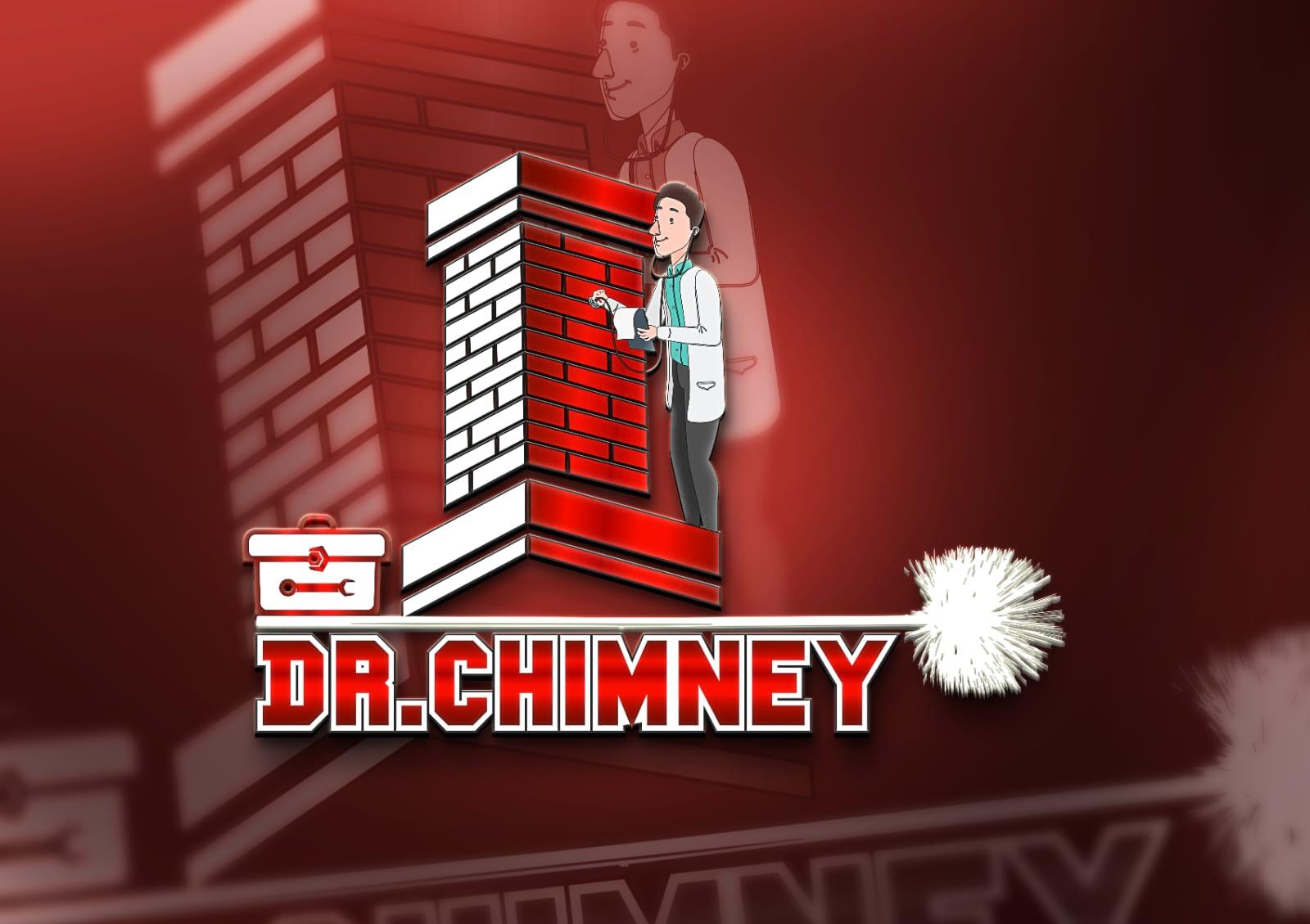Frequently Asked Questions
According to the National Fire Protection Association, chimney’s should be inspected or cleaned annually. The chimney and fireplace / furnace system is quite complicated and an inspection can alert you to a potential problem before it becomes a costly repair or a safety issue. Many times homeowners are unaware of problems that may exist. There are 3 levels of Chimney Inspections that can be done depending on each individual case. It is always a good idea to schedule your inspection and cleaning in the late summer or early fall, before you begin using the chimney or furnace during the heating season. At Northeastern Chimney, Inc., many of our customers request to be on a regular annual schedule for this work. Another important time to schedule an inspection is if you have changed to a new furnace or if you have just purchased the home and want to be sure about the condition of the chimney system.
Many of our chimney cleanings also include time to do a top to bottom, inside and outside level one inspection as well, so time on those appointments varies. A typical chimney cleaning alone should be able to be finished in an hour.
Yes. Gas does burn clean, but you may still run into issues with the cooler gases that condense quicker. This allows for the formation of hydrochloric acid and the potential for a corrosive coating to build up in your flue. There is also the common problem of animals and birds building nests in these smaller venting systems. If there is debris that blocks or partially blocks your flue, harmful gases can build up creating unsafe operating conditions for your furnace or stove.
The biggest problems come when a customer buys a new appliance and hooks it into an older venting system. The requirements may be much different for the newer stove or furnace, creating a serious mismatch with the older flue system. A professional needs to examine the total venting system to be sure everything is up to an acceptable standard. Don’t count on your furnace installer or heating man to do this, it is not their job or field of expertise.
We always strive to be prompt and on-time. Since we are able to schedule appointments starting at 8 am, through to our last appointment at 3:00 pm you should be able to find a time when it will be convenient for you. There is also an opportunity to have work done on week-ends if necessary.
Smoke coming into your home is certainly not enjoyable and indicates a problem with a poor draw up and out of the chimney. Smoke may also escape through leaks in your liner into other areas of the house. If you smell smoke in other rooms, your problem is likely with your liner. Remember, your liner must be the correct size for the fireplace, stove or furnace that your are venting – if it is not, the gases and smoke will not all escape the home. If your damper is not working properly or is closed you will also get smoke back drafting into the home. Many of today’s homes are built very tight, so the air that is taken out of the room during burning can’t be replaced. Outside air needs to be introduced in order to remedy the imbalance and allow the smoke to be drafted out of the chimney. If your smoking problem goes away when you crack open a window, this may be your problem. If you have smoke in your home when you use your fireplace, it is not a safe situation.
Your chimney cap closed the door on excess water entering your chimney and the damage that it causes. It also keeps out birds, squirrels, raccoons and other critters that may think your chimney looks like a good summer home. A very common problem is when raccoons, squirrels, birds and bats try to make their home in your chimney. They can block proper ventilation and even enter your home, potentially spreading disease and wreaking havoc. Our strong mesh and caps will keep even the most determined critters out!
Leaves and other debris that storms and high winds can blow into your chimney are blocked out too. Blockages that occur from these causes are often the fuel for dangerous chimney fires. The chimney cap (or guard) protects the home of the risk that sparks and airborne embers will land on your roof, causing a fire hazard.

